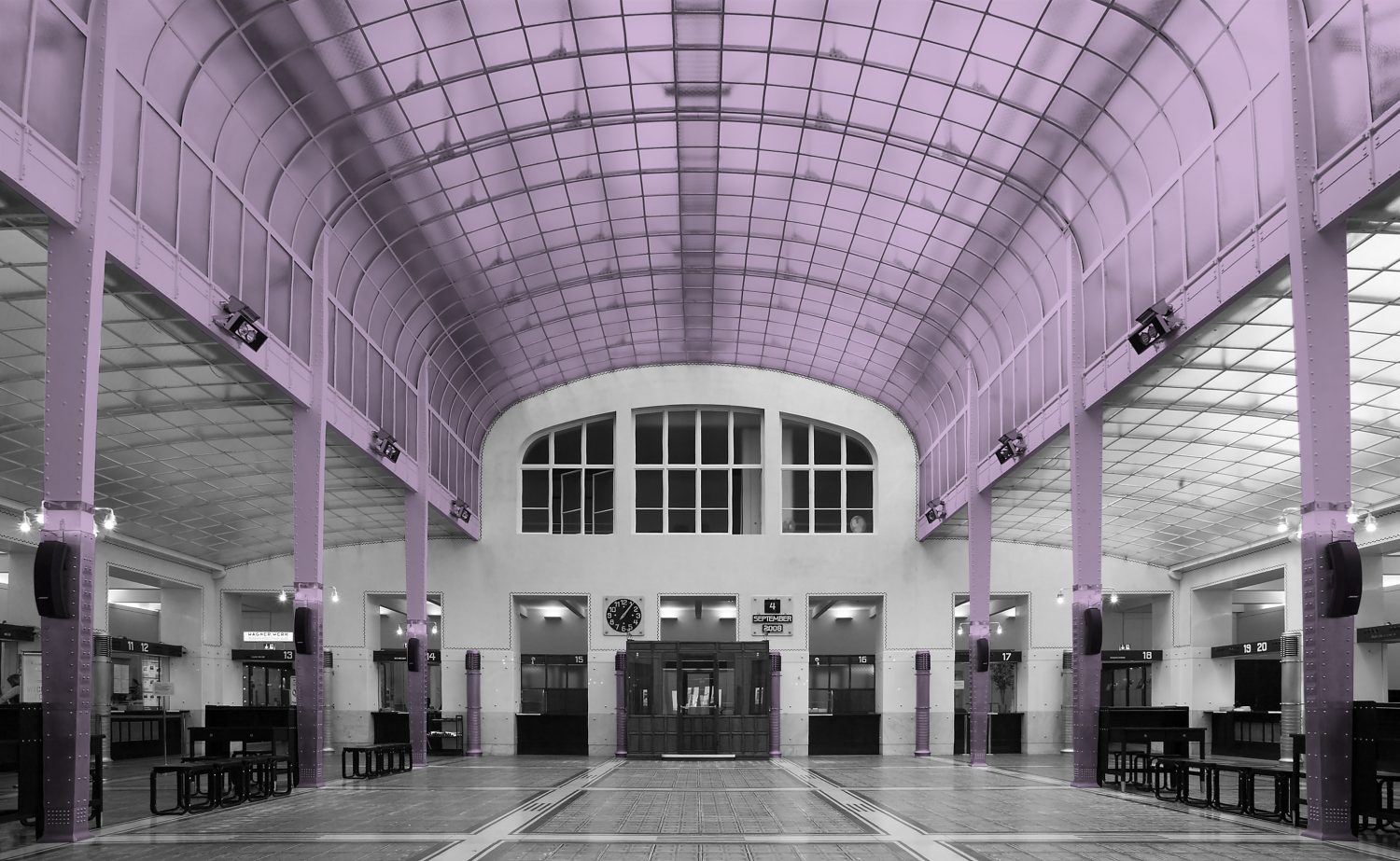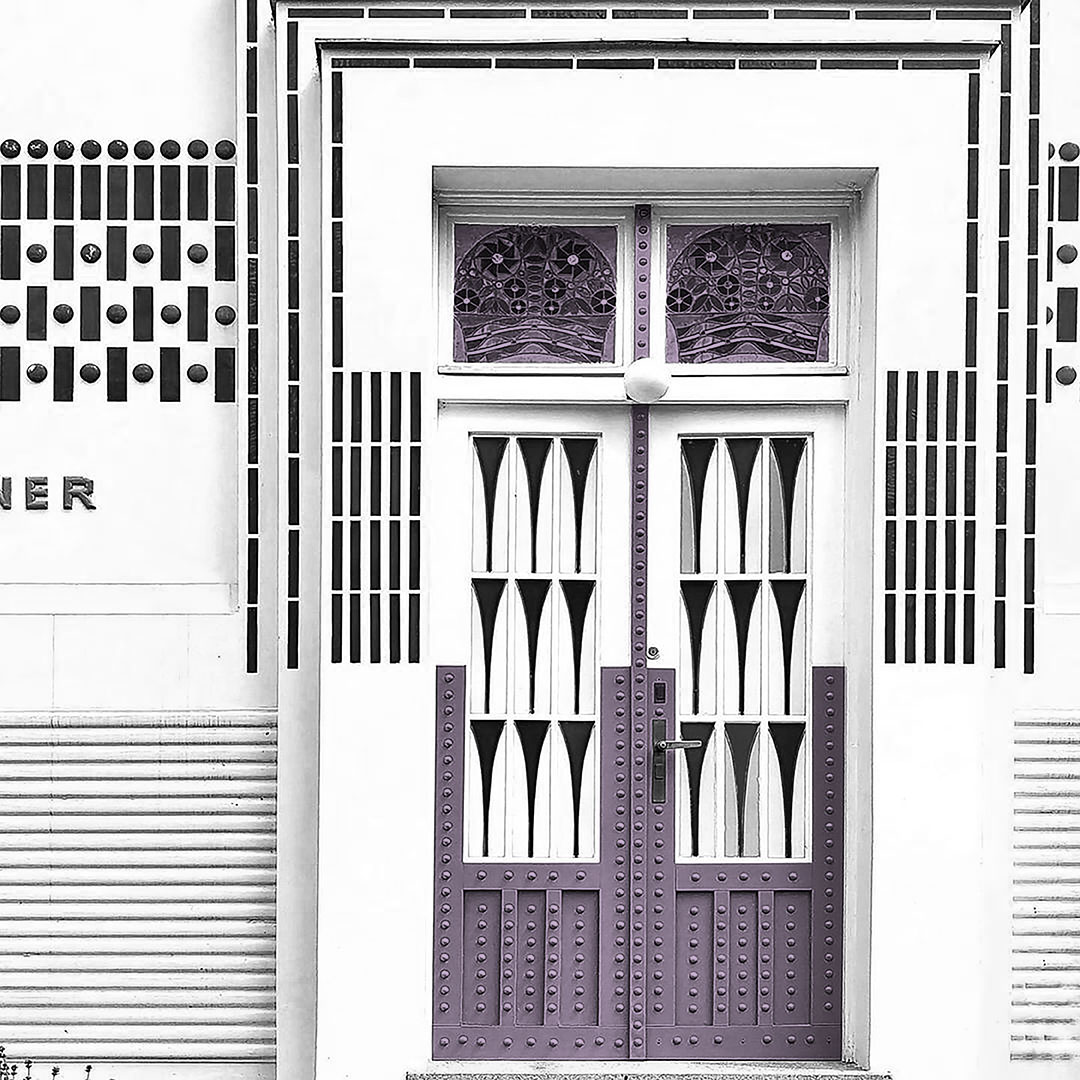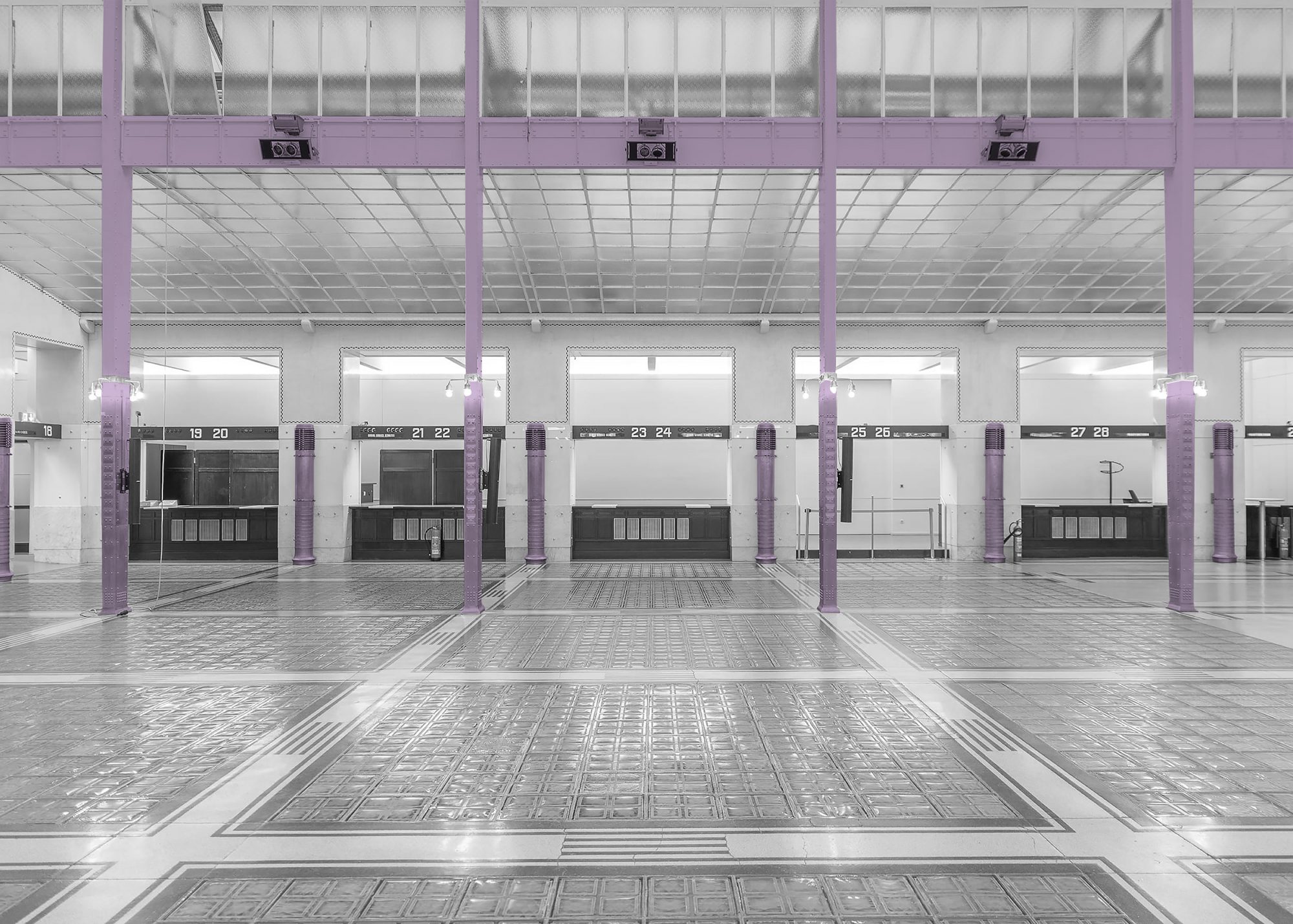INTERIOR
Otto Wagner and Vienna’s Ringstrasse #Otto Wagner

Master of the Secession architects but nevertheless admired by Adolf Loos, Otto Wagner is a key figure in understanding the transition from 19th century historicism to modern city architecture in early 20th century Vienna. Although his comments on Wagner were not always complimentary, Loos admired his ability to think like a craftsman when designing any object. Wagner combined artistic and technical training, because before studying Architecture and Fine Arts he had studied at the Polytechnic School of Vienna. In his writings, he demanded a practical and efficient architecture, as adapted to the needs of the contemporary citizen as his clothing.
The architect always has to develop the art-form out of constructionOtto Wagner, Die Baukunst unsere Zeit, 1914.
After some works in classical style, Wagner, like his pupils of the Secession, sought an artistic form suitable for his time through simplification and abstraction, which resulted in plane façades in which the decoration became gradually flatter and more geometric, from its secessionist Majolikahaus in 1898 to the Wagner Villa of 1912.
His Postal Savings Bank in Vienna’s Ringstrasse is a metal box, supported by an exposed steel structure and coated with thin white marble plates bonded with aluminium rivets. The central hall of the bank, illuminated from above through a glass roof, also participates in an engineering aesthetic, reinforced by details such as the glass block pavement or the metallic air conditioning devices. The furniture, designed by Wagner and produced by Thonet, shares the same look of lightness and practicality. The result is a total work of art appropriate to the then nascent 20th century.












